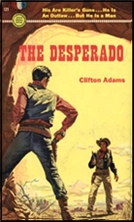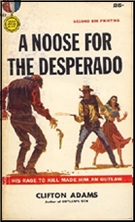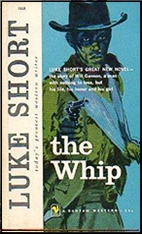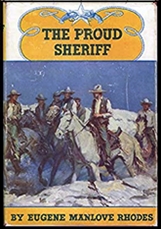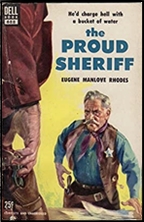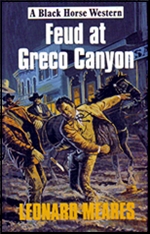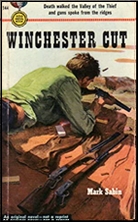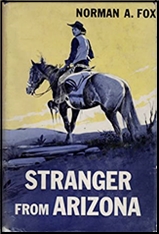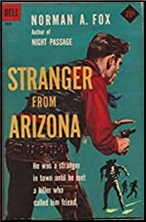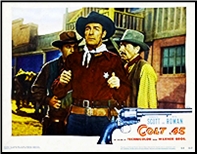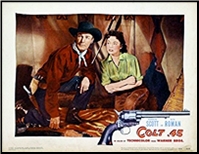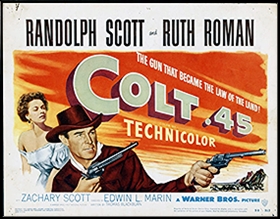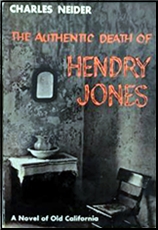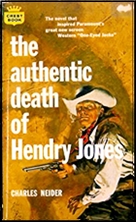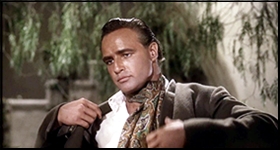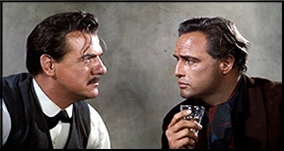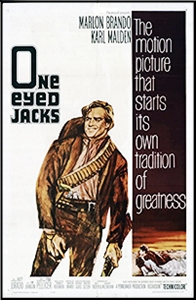Tue 24 Jan 2023
Reviewed by Tony Baer: CHARLES WILLEFORD – The Difference.
Posted by Steve under Reviews , Western Fiction[10] Comments
CHARLES WILLEFORD – The Difference. Dennis McMillan, hardcover, 1999. Previously published as The Hombre from Sonora as by Will Charles (Lenox Hill Press. hardcover, 1971).

Starts off as a typical western. Set up maybe a bit like Shane.
Johnny Shaw is 19. Living in Phoenix. He gets a letter saying his father is dead, deep in Arizona Territory, 1880. The elder Shaw left his son no money, only a ranch. But a nice one, with six head of breeding cattle.
Soon as he arrives, the local open range ranchers want him gone. This is their land. Has been forever. Legal land claims be damned.
But hey, for your trouble, we’ll pay you well. Say twice its value in gold. You’ve got til tonight.
I don’t need til tonight, says Johnny. I’ll tell you now. I don’t want your money. My dad left me this ranch and this ranch only. It’s all I’ve got. Now get out.
My father’s land, my father’s honor. My inheritance, my honor. I’m here to stay.
So now Johnny’s at war with the ranchers. And the shooting starts.
But this is Willeford, so you know there’s gonna a twist on western tropes.
Once Johnny starts a-killing, he starts to like it. Once he defends his honor and wins back his right to till his land, to get the girl, to start a homestead, to be his father’s son, he doesn’t want it anymore.
Like Courtney Love says, ‘Once I get what I want, I never want it again.’ Well Johnny’ll lay double on that.
He’d rather be a gunman. And be free.
————
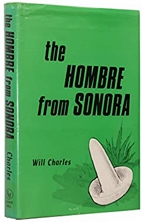
If you like Willeford, you’ll love this one as much as anything in the Willeford canon. It fits right in. Another psycho in Willeford’s psycho pantheon. If you aren’t into Willeford and just like westerns — dunno how you’ll feel. I’m not that into westerns except as an alternate setting for hardboiled crime. It seems to me that noir is hardboiled in the city and gunslinger westerns are hardboiled in the country. As writers like Willeford and Whittington and Elmore Leonard and Clifton Adams show, a writer adept at one may be equally adept at the other.
Another point of interest to me, the protagonist only fully realizes his potential once he dies inside. I book I read awhile ago, of marginal interest here, is called The Spirit Catches You and You Fall Down about cultural clashes between the Hmong and American medicine. It’s about how American doctors have a hard time dealing with the superstitions of other cultures and view them as impediments to scientific treatment methods. On the other hand, Hmong feel that to abandon their faith causes ‘soul death’.
In any case, ‘soul death’ is exactly what allows Pretty Boy Floyd to become a successful, cool-handed bank robber and it’s exactly what allows Johnny Shaw to turn from a scared little boy to a stone cold killer. If you get treated like crap for long enough, you dissociate. You experience time-compression. You are outside your body and can watch things happen more slowly. Veteran NFL quarterbacks talk about time slowing down, watching the action unfold like Neo in The Matrix. In half-time, in quarter-time. While for everyone else everything is moving much too fast. Everyone else is scared.
But for the dead man, the man who is dead inside already, like Johnny Shaw: “I knew that I would be faster [on the draw]…and deep down inside me I knew why, too. [They] wanted to live. They had everything to live for: a huge ranch, and two pretty girls anxious to marry them. Nobody had ever wanted to keep on living any more than those two men did at that moment. But I wanted to die, and knowing that I wanted to die meant that I would not be killed by either one of them. That was the difference between usâ€. That’s the Difference.



